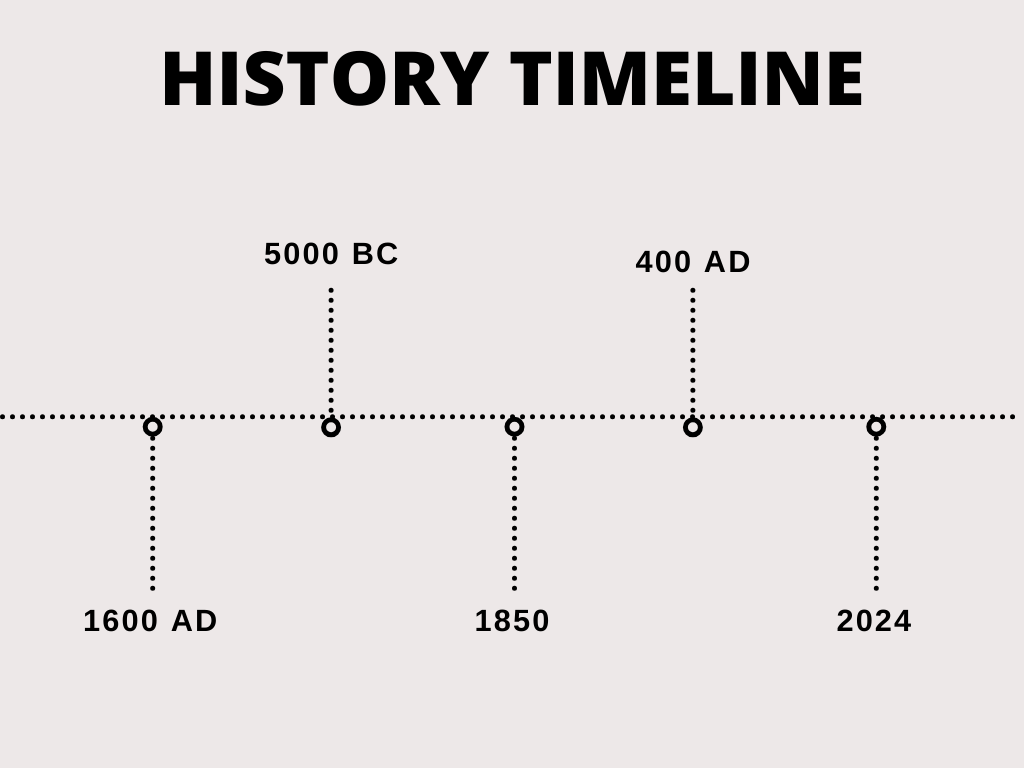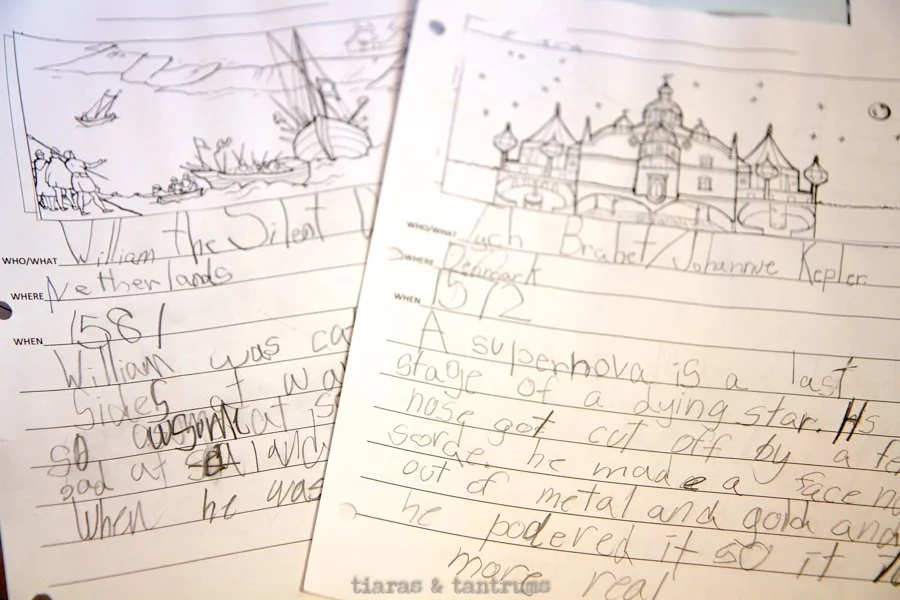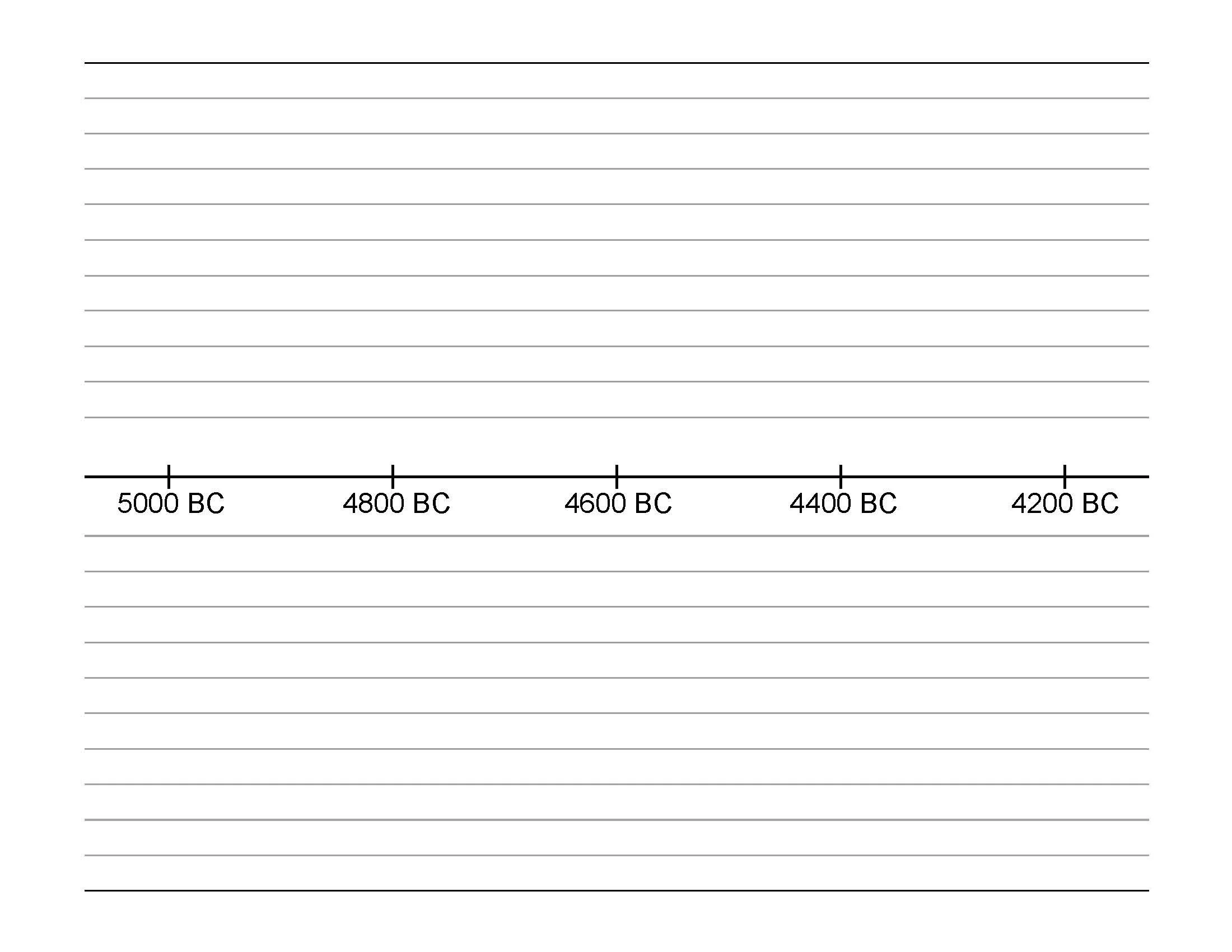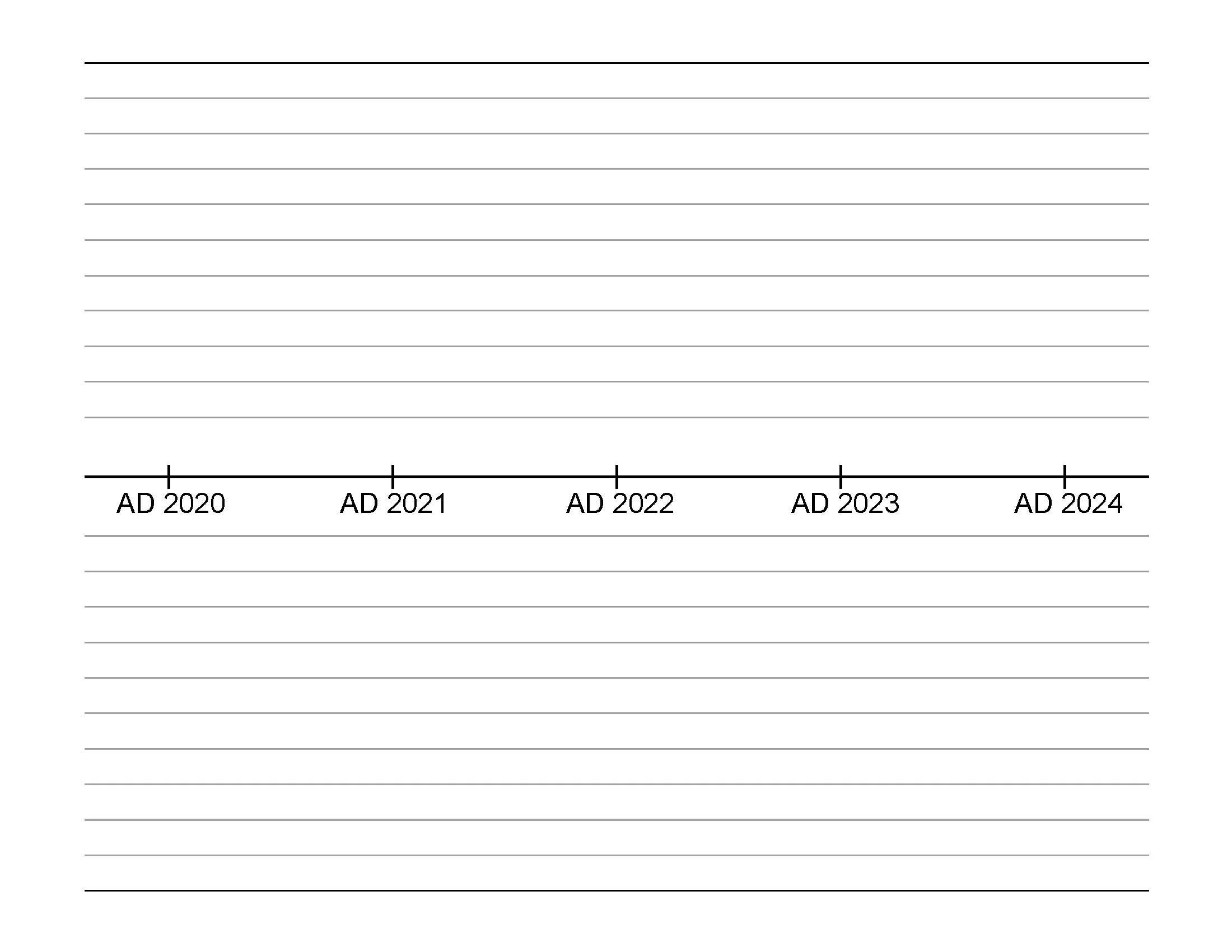Create a Timeline of History for your Homeschool Classroom
Developing a historical timeline involves more than simple busy work or a hands-on educational activity. Creating a Timeline of History was one of our favorite weekly activities each week during history. The creation of a timeline of historical events is an excellent method for visually connecting historical events.
There are practically no restrictions when it comes to working with your kids to create a historical timeline for your homeschool. As you study historical events and figures, you can write or sketch them on cardstock or index cards and add them to the timeline. Pros: It's simple to connect historical events and understand the big picture. It's simple for several kids to add events to the timeline.
What is a History Timeline?
A History Timeline is a chronological representation of historical events and their respective dates. A historical chronology can be exhibited on a vertical surface or stored within a portable booklet. Typically, it includes visual depictions and a narrative about the historical figure, which are systematically arranged on a timeline, either displayed on a wall or documented in a notebook.
TIMELINE OF HISTORY
History provides a unique perspective that allows students to gain a broader understanding of their own time and place. G.K. Chesterton once wrote:
“History is a hill or high point of vantage from which alone men see the town in which they live or the age in which they are living. A man without history is almost in the literal sense half-witted. He is only in command of a part even of his own mind. He does not know what half his own words mean, or what half his own actions signify.”
While I don't agree with this quote, I do believe history is important to teach our children. The awareness of our world history and more importantly, our American History will greatly influence persons. History is full of both cautionary tales to steer us away from what not to do and lessons to follow. Understanding our history is essential for gaining perspective on our role within it.
Each year, no matter what era we were studying, we always created a Timeline of History as a window to the past. I think it is so beneficial for to create a timeline for each era that you and your children are studying.
Types of Timelines
Now that you know why you should include a historical timeline in your history study, how do you go about creating one? There are many different types of history timelines, but the three described below are the most prevalent.
Timeline Journal Notebooks
A timeline notebook is nothing more than a notebook or three-ring binder with pages for recording historical events. For documenting all the facts and information, it can be as basic as plain paper in a binder or printed timeline pages.
This timeline is ideal for practically any homeschool. If you have multiple children, each youngster can create their own, personalizing it as they learn about historical events.
Notebooks don't take up much room; all you need is a place on your homeschool bookshelf. The one disadvantage is that it is more difficult to see the breadth of historical events because you will have to change pages to see everything. This is our preferred approach because it takes up little space and allows everyone (including mom!) to personalize their own notebook.
There are plenty of lines to keep everything nice and tidy if your child likes to write. We prefer timeline figures, and this set from Home School in the Woods is beautiful, with precise drawings and information for each figure.
Timelines on the Wall
A wall timeline is just a timeline that has been affixed to the wall. It can be anything - a big sheet of paper, a thread with clips, or anything else - as long as it's on the wall! Wall Timelines are ideal for folks who want to view everything at once. It's an excellent visual representation of how historical events are linked.
The main disadvantage is that it takes up a lot of wall space, and if you don't have a designated homeschool location, you might find yourself gazing at your timeline throughout dinner (which might be a wonderful discussion starter with dinner guests!). Because it takes up so much area, it's tough for each child to have their own timeline (unless you have plenty of open wall space). We had limited wall space (plenty of bookcases!) so we bought poster boards and used them instead of my actual walls. They are ideal for quick study or a single topic or time period (such as an overview of scientific history on the timeline).
Timeline in a Fold-Out Notebook
A fold-out notebook timeline combines the best of both previous types: it's a lengthy timeline (typically some pages taped together to make a longer sheet) like a wall timeline, but it's folded and 3-hole punched to fit inside a notebook. A fold-out notebook timeline can be simply stored in a binder but brought out to display the entire span of events, providing the convenience of orderly storage while also providing a clear image of interconnected historical events.
The disadvantage is that a huge historical time period would necessitate a very long, cumbersome timeline. It is ideal for shorter, more focused research on a specific topic or time period. When we're making a history notebook, we use these timelines for specific research. We've created one for composers, another for artists, and a few for historical studies. They fit perfectly into our history notebooks.
Encourage your children to keep track of any fascinating individuals or significant historical occurrences during their history lessons. They can record this information on their timeline or use a timeline figure to highlight the event or person. This is an ideal project to tackle while you're engaging in the immersive experience of reading aloud from your history book or historical literature selections.
What's even better? Once you've established a timeline, it becomes effortless to allocate a few minutes each week for your children to work on it. Over time, it will evolve into a valuable reference that can be revisited repeatedly, serving as a cherished memento of their accumulated knowledge. My children actually really enjoyed the years of work we put into our timeline binders and poster boards. We still have them since they were such a labor of love! I can’t bear to toss them in the trash!
BLANK TIMELINE TEMPLATE
Don't have the time to create your own timeline template? Require some guidance? We are pleased to provide you with a Blank Timeline Template. FREE History Timeline Printable in my free printables section on this blog.
For a Timeline Binder Journal Notebook:
Time Periods: Date Increments Space Needed
Ancient History 5000BC – 400AD 100 years per page
Medieval History 400AD – 1600AD 50 years per page
Renaissance or New World History 1600 – 1850 25 years per page
Modern History 1850 – 2024 10 years per page





